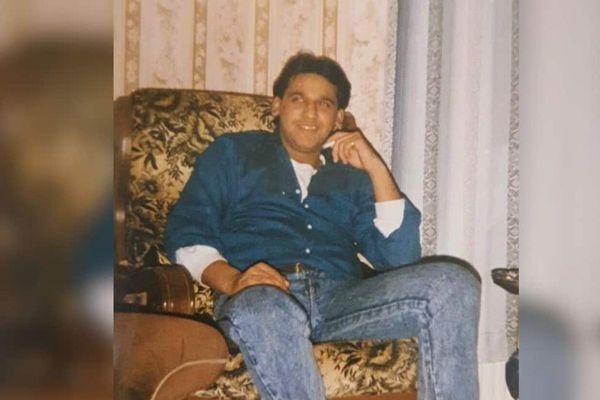
Israeli strikes in Gaza overnight resulted in the deaths of 19 individuals, including a woman and her six children. The U.S. Secretary of State, Antony Blinken, is en route to the region to facilitate a cease-fire deal after prolonged negotiations involving the U.S., Egypt, and Qatar.
The proposed three-phase process aims to secure the release of hostages abducted during an attack on October 7 by Hamas. In return, Israel would withdraw its forces from Gaza and release Palestinian prisoners. The ongoing conflict has led to the loss of over 40,000 Palestinian lives, displacement of the majority of Gaza's 2.3 million residents, and a severe humanitarian crisis.
Hamas militants were responsible for the deaths of approximately 1,200 individuals during the October 7 attack, with around 250 individuals abducted. Efforts to negotiate a cease-fire have faced challenges, with Hamas expressing resistance to new Israeli demands.
Israeli airstrikes have targeted residential areas, resulting in civilian casualties. Israel maintains that it targets militants and attributes civilian deaths to Hamas's use of residential areas for military purposes. The conflict has raised concerns about famine, disease outbreaks, and the impact on children orphaned by the violence.










Mediators have intensified efforts to reach a cease-fire agreement following recent escalations, including targeted killings of militants. Israeli officials have expressed cautious optimism about a potential deal, with plans for further discussions in Cairo and a meeting with Secretary Blinken.
Hamas has raised objections to certain Israeli demands, including a lasting military presence along the Gaza-Egypt border. Negotiations are ongoing, with Israel showing flexibility on certain issues. Egyptian officials are involved in facilitating discussions between the parties.
The situation remains fluid, with hopes for a peaceful resolution to the conflict. Follow AP's ongoing coverage of the Israel-Hamas war for the latest updates.







